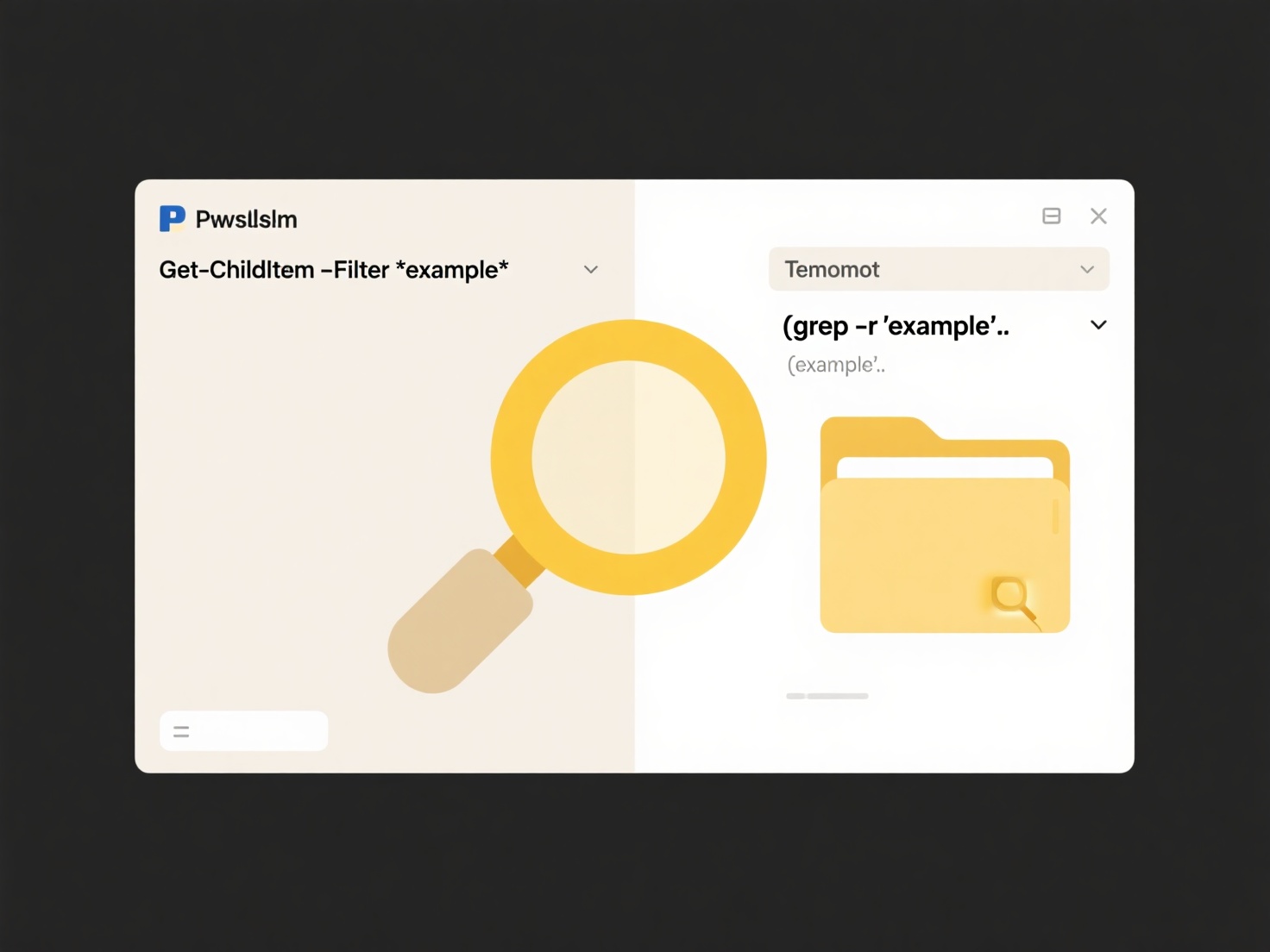
Syncing local files to multiple cloud services simultaneously means automatically copying and updating your computer's files across several online storage platforms at the same time. This differs from standard cloud syncing, which typically involves just one service continuously mirroring files between your device and its cloud storage. Special software is required to manage coordination across these different services.
Practical examples include saving important personal documents, photos, or project files to both Dropbox and Google Drive for extra backup security. In a professional context, a freelancer might sync contracts to Microsoft OneDrive for primary access while also copying them to Amazon S3 for long-term archival compliance. Tools designed for this purpose include Syncovery, Air Explorer, odrive, and specialized cloud sync platforms.

The main advantage is enhanced data redundancy and resilience against service outages or data loss incidents. However, managing multiple sync setups increases complexity, potential conflicts, and requires careful handling of file permissions and version control across services. Security risks can also increase as files exist in more locations. While convenient, it may consume significant bandwidth and local storage, requiring monitoring. Integration capabilities are expected to improve as cloud services develop better interoperability standards.
Can local files be synced to multiple cloud services at once?
Syncing local files to multiple cloud services simultaneously means automatically copying and updating your computer's files across several online storage platforms at the same time. This differs from standard cloud syncing, which typically involves just one service continuously mirroring files between your device and its cloud storage. Special software is required to manage coordination across these different services.
Practical examples include saving important personal documents, photos, or project files to both Dropbox and Google Drive for extra backup security. In a professional context, a freelancer might sync contracts to Microsoft OneDrive for primary access while also copying them to Amazon S3 for long-term archival compliance. Tools designed for this purpose include Syncovery, Air Explorer, odrive, and specialized cloud sync platforms.

The main advantage is enhanced data redundancy and resilience against service outages or data loss incidents. However, managing multiple sync setups increases complexity, potential conflicts, and requires careful handling of file permissions and version control across services. Security risks can also increase as files exist in more locations. While convenient, it may consume significant bandwidth and local storage, requiring monitoring. Integration capabilities are expected to improve as cloud services develop better interoperability standards.
Quick Article Links
Can I find documents based on topics or keywords?
Yes, many document management systems and search engines allow you to find documents based on both keywords and topics. ...
Why does my antivirus block saved files?
Antivirus software scans all files accessed on your computer, including saved files, to detect and prevent malicious thr...
How do I choose between Dropbox, Google Drive, OneDrive, and iCloud?
Dropbox, Google Drive, OneDrive, and iCloud are popular cloud storage services that store your files online for access f...